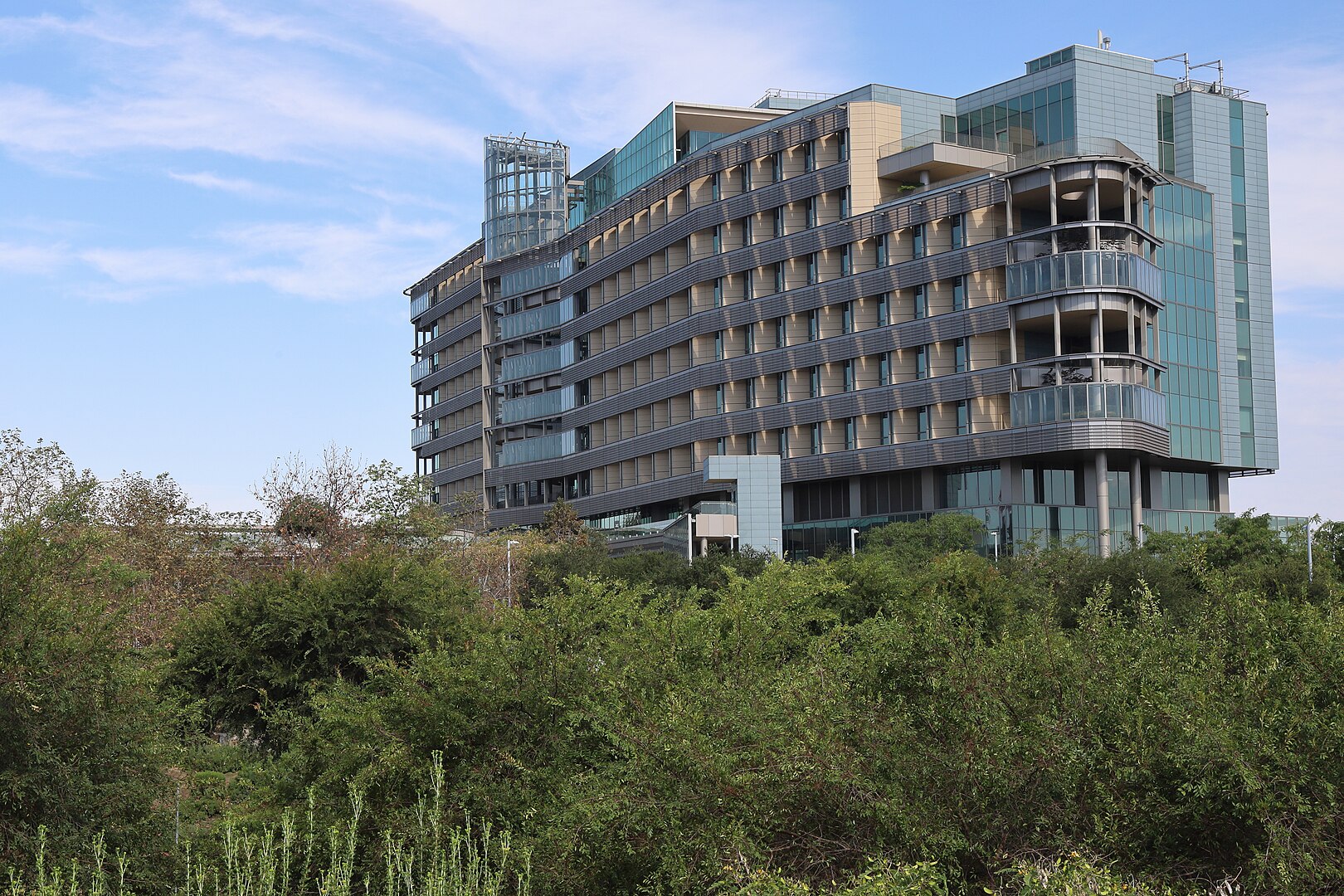
If you’re a regular reader of this blog, you’ll know that I love looking at the past to inform the future.
That’s why I’m a fan of the “Hospital ICONs” series, which was founded by Don McKahan, Kirk Hamilton, and Frank Pitts in 2003. This thorough, thoughtful review of iconic hospital projects of the past has given us a lot to think about the evolution of healthcare design over the decades.
At the Healthcare Design Conference and Expo several weeks ago in Kansas City, Mo., Jennifer Aliber and Bryan Langlands continued the legacy by presenting “10 Projects that Changed Healthcare Design.” They started by sending a survey to the American College of Healthcare Architects (ACHA) certificants asking them to list up to three projects that significantly influenced them and why.
The Hospital Projects
They selected 10 projects that received multiple mentions and then reviewed the available literature and data, looked at architectural photography, and interviewed the project architects and consultants.
Jennifer and Bryan qualified their selections as not the best or most beautiful, acknowledging that the first sometimes is important by virtue of being the first. Influential projects also had to be bradly publicized and reflect the “spirit of the age.”
Here is their list, in no particular order:
1. Paimio Sanatorium, Paimio, Finland, 1933: Designed by Alvar Aalto, the incorporation of natural light and color were groundbreaking for a healthcare facility. Other notable design details included custom light fixtures, door handles, and a patient chair. Projects Influenced: Shirley Ryan Ability Lab (2017), CHOP Buerger Center (2015).
2. Griffin Hospital, Derby, CT, 1994. Designed by SLAM Collaborative, this Planetree hospital featured architectural components to support patient-centered care that were novel at the time, such as sleep space for families, open and inviting nurse stations, family kitchens, lounges with aquariums, operable windows, soft indirect lighting, and oak furniture. Projects Influenced: San Diego Children’s Hospital, Rose Pavilion (1993), Bronson Methodist Hospital (2002).
3. Celebration Health, Celebration, FL, 1998. Designed by Robert AM Stern and NBBJ, this “one-stop shopping” health campus in Disney’s planned community introduced the concept of a single facility for both health and healing. Design “firsts” included universal patient rooms with patient/caregiver/family zones and on-stage/off-stage zoning of activities and circulation. Projects Influenced: Woodlands Health Campus (2020), One Hundred Oaks outpatient clinic (1998).
4. Bertrand Goldberg and Geocentric Design. While not cited for one particular hospital project, Goldberg’s distinct circular architecture inspired many similar designs, such as Loma Linda Medical Center (1967), Dartmouth-Hitchcock Medical Center (1991), and Rush University Medical Center (2012).
5. Boulder Community Foothills Hospital, Boulder, CO, 2003. Designed by OZ Architecrtue and Boulder Associates, this was the first U.S. hospital to achieve LEED certification. Its central utility plant was built for energy efficiency and long-term growth. Projects Influenced: Spaulding Rehabilitation Institute (2013), Ruth Bader Ginsberg Hospital (2022).
6. Banner Estrella, Phoenix, AZ, 2006. Designed by NBBJ, this hospital’s “side-by-side” design concept has a core hospital structure with a robust infrastructure backbone, which allows for the placement of expansions (towers, wings) side by side with the original, rather than tacked on awkwardly or in phases that disrupt major flows.
7. Lurie Children’s Hospital, Chicago, IL, 2012. Designed by ZGF, SCB, and Anderson Mikos Architects, this high-rise hospital in a dense urban setting features a kid and family centric sky lobby on the 10th floor. Private patient rooms, use of color, and positive distractions also make this facility stand out.
8. Patient Room “Handedness” and St. Joseph’s Hospital, 2008. Designed by HOK, this project introduced the concept of “same handed” patient rooms that were canted with outboard toilet on the headwall to reduce falls.
9. A Better ED Imagined by James (Jim) Lennon, AIA, ACHA. This concept ollowed several planning priorities, such as staff visualization of patients, designing for flexibility, supporting team-based care, enhancing patient privacy, and promoting staff safety. Models included ballroom/racetrack, pods, and linear designs. It is credited with influencing many modern ED designs.
10. Palomar Medical Center, Escondido, CA, 2012. Designed by CO Architects, Palomar received the most votes in the survey, with respondents impressed by the use of the site, integration with nature, flexible OR with access to daylight, and commitment to using evidence to support its design choices. Projects Influenced: Tower Health, Reading HealthPlex for Advanced Surgical and Patient Care (2016), Municipal Hospital, Brandenburg (not sure of the project date).
I’d also like to point out that four of the seven hospitals in this list (Banner Estrella, Lurie Children’s, St. Joseph’s, and Palomar) participated in The Center for Health Design’s Pebble Project initiative during their design process. Which kinda validates why we started it in the first place — to teach and help healthcare and design professionals to use an evidence-based design process to improve patient and staff outcomes through the design of the physical environment.
Have any of these projects influenced your work? Are there others you consider important? Please leave a comment in the comment box below or email me.
Photo: Palomar Medical Center designed by CO Architects.
P.S. Please do me a favor — if you liked this post and like this blog, please share it with others by sending them the link or posting it on your LinkedIn, X, or Facebook. Also, don’t forget to subscribe, so you’ll get emails when new content is posted. Thanks!
If you like this post, please share.

What’s my story? I’m a healthcare and senior living design knowledge expert who writes and speaks frequently about trends and issues affecting these two industries. I’m also a strategic marketing consultant and content creator, working with companies and organizations who want to improve the quality of healthcare and senior living through the design of the physical environment. You can reach me at [email protected].

